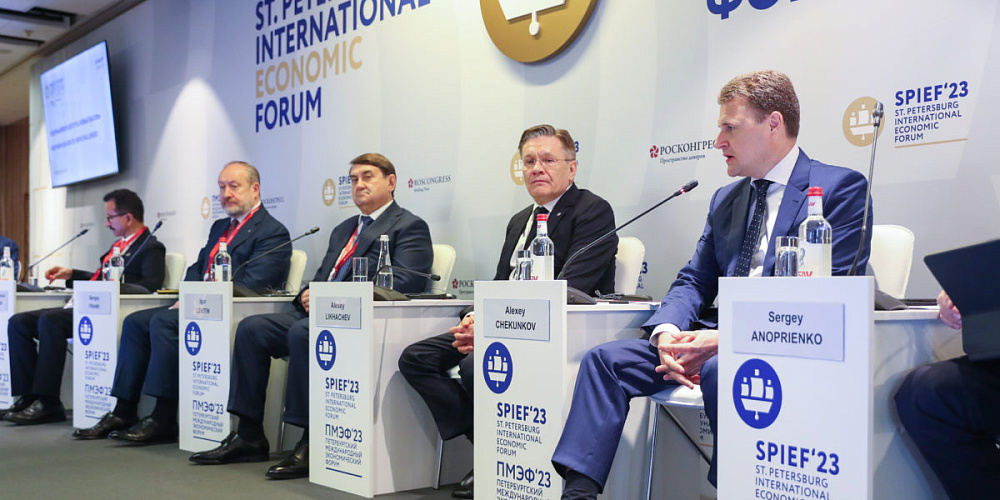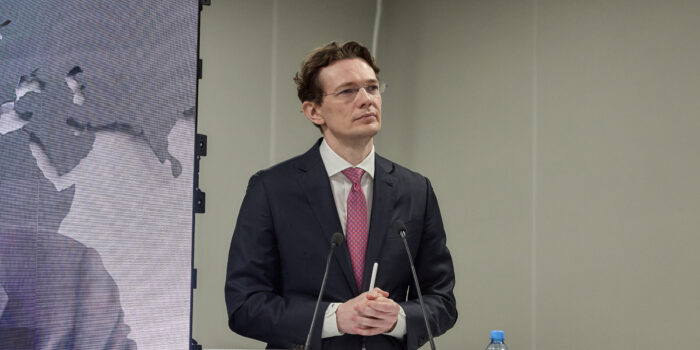During the meeting, representatives of the Executive Office of the President of Russia, ministries, Arctic regions, and major investment companies discussed the possibilities of advanced technologies to ensure the safe and uninterrupted navigation along the Northern Sea Route, a crucial component of the trans-Arctic transportation corridor.
In his address, the CEO of Rosatom, Alexey Likhachev, compared the pioneers of the Northern Sea Route to our contemporaries. He said that the five-century history of the NSR's development has become a chronicle, sometimes tragic, yet still heroic. He added that the Arctic has always attracted people willing to confront challenges. He also mentioned the significant experience gained in developing the route. “However, the NSR cannot develop in isolation from other transportation networks. Both domestic and international shippers need assurances that their cargo will be delivered safely and on time not just along the relatively short stretch from Kara Gates to Bering Strait (3,000 nautical miles), but along the entire route spanning 8,300 nautical miles from western ports (Kaliningrad and St. Petersburg) to Vladivostok and back”, he stressed.
Furthermore, experts highlighted the importance of a comprehensive approach to the development of the Northern Sea Route's infrastructure, encompassing rivers, railways, roads, and ports outside the route. This would result in a surge in international transit and export-import transportation not only of raw materials from Arctic deposits but also of products from the mainland, such as timber and mineral fertilizers, as well as in increased coastal traffic. Additionally, goods that are transported via other corridors that have become unsafe in the current context will be redirected to the NSR.
The Northern Sea Route (NSR) is the
shortest shipping route connecting the western part of Eurasia and the
Asia-Pacific region. This is a national transport artery of Russia with a long
history of development. In accordance with the order of the President of the
Russian Federation, the year 2025 marks the 500th anniversary of the
development of the Northern Sea Route in Russia. The route’s history goes back
to 1525, when Russian diplomat Dmitry Gerasimov put forward the idea of using
it for maritime communication between Europe and Asia.
Russia is the only country in the world with a fleet of nuclear icebreakers operated by Rosatom’s Atomflot. Today, the fleet includes eight vessels. Rosatom’s scope of the plan for the development of the Northern Sea Route until 2035 includes the creation of essential infrastructure from the construction of icebreakers, hydrographic and rescue vessels to the creation of ports and digital services to enhance navigation efficiency.




